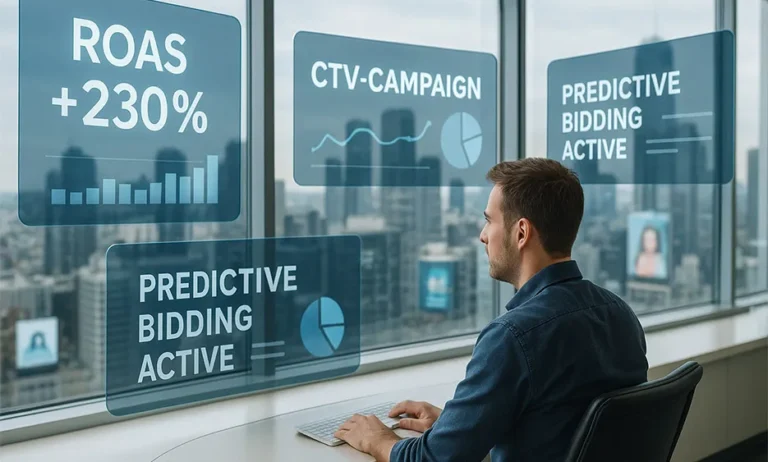How to end your subscribers' content fatigue in email marketing
You can put an end to content fatigue by structuring your newsletters more clearly and personalizing them more effectively. Data-driven email marketing allows you to increase engagement and reactivate inactive subscribers.









